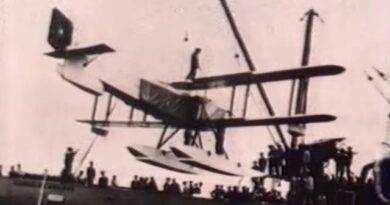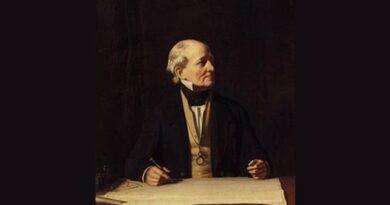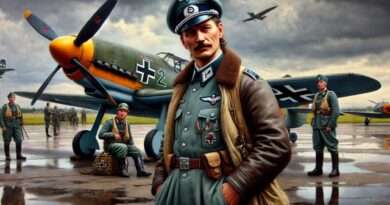William E. Boeing – Fearless and Visionary Founder Of Boeing Company
William Edward Boeing-founder of Boeing company-was a pivotal figure in the development of the aviation industry. He not only founded one of the most significant aerospace companies in history but also played a crucial role in advancing both commercial and military aviation. His determination and innovative spirit continue to influence the aerospace world. This article explores the life, contributions, and lasting legacy of William E. Boeing.
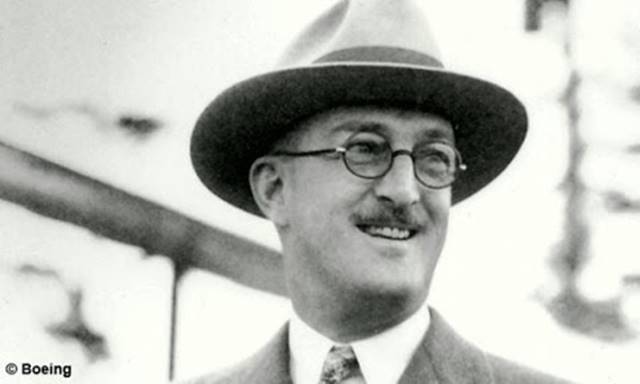
William E. Boeing – Fearless and Visionary Founder Of Boeing Company
Early Life and Education
William Edward Boeing was born on October 1, 1881, in Detroit, Michigan, to Wilhelm Böing and Marie Ortmann. His father was a successful German immigrant who became a wealthy timber merchant in America, while his mother was of Austrian descent (Wikipedia) (The Boeing Company Official Website). Boeing’s early exposure to the timber industry would later prove valuable when he began building aircraft from wood.
Boeing attended schools in Europe, including in Switzerland, where he spent part of his adolescence (Wikipedia). Upon returning to the U.S., he enrolled at Yale University to study engineering, though he did not complete his degree (Encyclopedia Britannica). Despite not graduating, his experience and exposure to engineering principles laid the groundwork for his future innovations.
Entry into Aviation: A Spark Ignited
William Boeing’s passion for aviation began in 1910 when he attended an air show in Los Angeles. Enthralled by the possibilities of flight, he purchased a Martin TA hydroplane and took flying lessons. However, Boeing soon became dissatisfied with the quality of existing aircraft. In a conversation with his friend, Navy officer George Conrad Westervelt, Boeing remarked that they could build a better plane. This pivotal moment led to the development of the B&W Seaplane (Wikipedia) (HistoryLink).
In 1915, the two men constructed the B&W Seaplane at Boeing’s boatyard near Seattle, Washington. The B&W (named after Boeing and Westervelt) was the first aircraft built by Boeing. On July 15, 1916, William Boeing established the Pacific Aero Products Company, the precursor to what would later become the Boeing Airplane Company (Wikipedia) (HistoryLink).
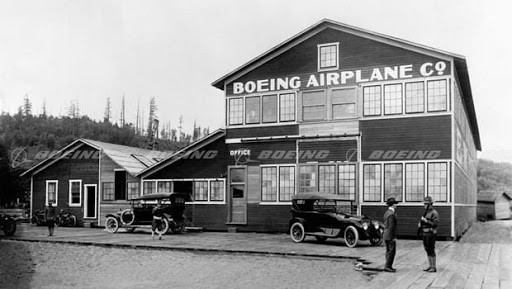
The Founding of Boeing Airplane Company
In 1917, with the United States’ entry into World War I, Boeing renamed his company the Boeing Airplane Company (HistoryLink). The company soon secured a contract to build 50 “flying boats” for the U.S. Navy, marking its entry into military aviation (Encyclopedia Britannica) (HistoryLink). These early successes helped Boeing establish itself as a reliable aircraft manufacturer, producing aircraft that would serve in both military and commercial roles.
Boeing’s ability to adapt to changing market conditions ensured the company’s survival after the war ended. When military orders dried up, Boeing shifted to producing commercial aircraft and even dabbled in other industries, such as furniture and speedboats, to keep the company afloat during lean times (The Boeing Company Official Website).
Boeing’s Expansion into Commercial Aviation
In 1927, William Boeing further expanded his business by establishing Boeing Air Transport, which initially focused on delivering air mail for the U.S. Postal Service (Encyclopedia Britannica). The revenue generated from air mail helped Boeing fund the development of commercial passenger services. By 1929, Boeing Air Transport was merged into United Aircraft and Transport Corporation, a conglomerate that combined aircraft manufacturing, airline operations, and engine production (HistoryLink).
This move helped Boeing dominate both the commercial and military sectors of aviation. The company designed and built one of the first modern airliners, the Boeing 247, in 1933. The aircraft revolutionized commercial flight with its advanced design and performance capabilities, setting the standard for future passenger planes (The Boeing Company Official Website).
Boeing’s Most Iconic Commercial Aircraft
Boeing has produced several iconic commercial aircraft that have shaped the aviation industry. One of the most famous is the Boeing 707, which revolutionized jet travel in the 1950s by making long-distance, high-speed air travel more accessible to the public. Following this, the Boeing 737, introduced in the 1960s, became the world’s best-selling aircraft, renowned for its versatility and reliability. Perhaps the most iconic of all is the Boeing 747, the “Queen of the Skies,” which debuted in 1970 and became synonymous with international travel due to its immense size and passenger capacity. Boeing’s later models, such as the 787 Dreamliner, continue to lead the industry in fuel efficiency and advanced aerodynamics, further cementing Boeing’s role as a commercial aviation leader.
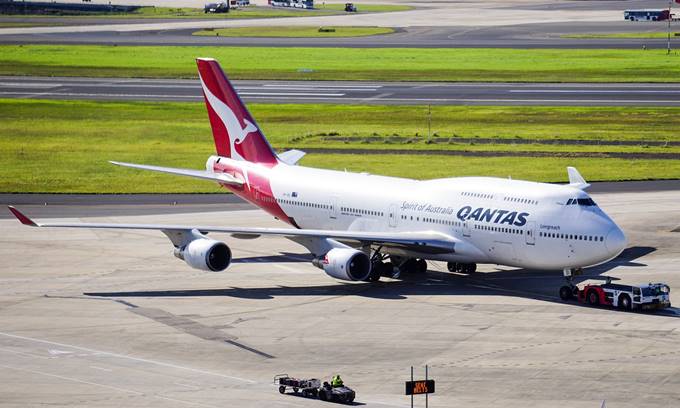
The Breakup of United Aircraft and Boeing’s Retirement
Despite Boeing’s successes, the U.S. government grew concerned about the growing monopolies in the aviation industry. In 1934, the Air Mail Act forced companies to separate their airline and manufacturing divisions. As a result, United Aircraft and Transport was broken up into three companies: United Airlines, Boeing Airplane Company, and what would later become United Technologies (Wikipedia) (HistoryLink).
Disillusioned by the government’s intervention, William Boeing retired from the aviation business that same year. He sold his stock in the company and largely stepped away from the industry, though he did offer his expertise as a consultant during World War II. He spent his later years managing his personal investments and breeding horses (Wikipedia) (HistoryLink).
Legacy of William E. Boeing
William Boeing passed away on September 28, 1956, but his legacy lives on in the company that bears his name. The Boeing Company remains one of the largest aerospace manufacturers in the world, playing a crucial role in commercial aviation, defense, and space exploration (The Boeing Company Official Website) (HistoryLink).
Boeing’s vision for the future of aviation helped transform the industry from its early experimental stages into a vital component of the modern world. His commitment to innovation, quality, and business acumen laid the foundation for what has become one of the most influential aerospace companies in history.
Conclusion
William E. Boeing was more than an aviation pioneer; he was a visionary who saw the future of flight before many others. His contributions to the aerospace industry are still felt today, with Boeing continuing to lead the way in both commercial and military aviation. The company he founded, now a global powerhouse, is a testament to his foresight, entrepreneurial spirit, and dedication to innovation.
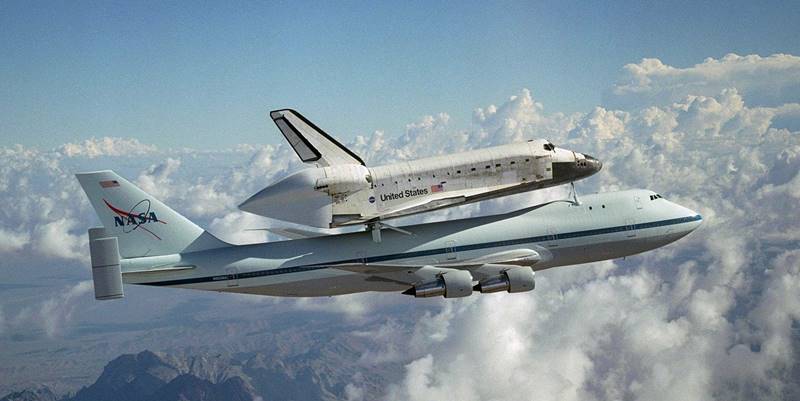
Boeing 747 of NASA carrying space shuttle
For more articles click.
